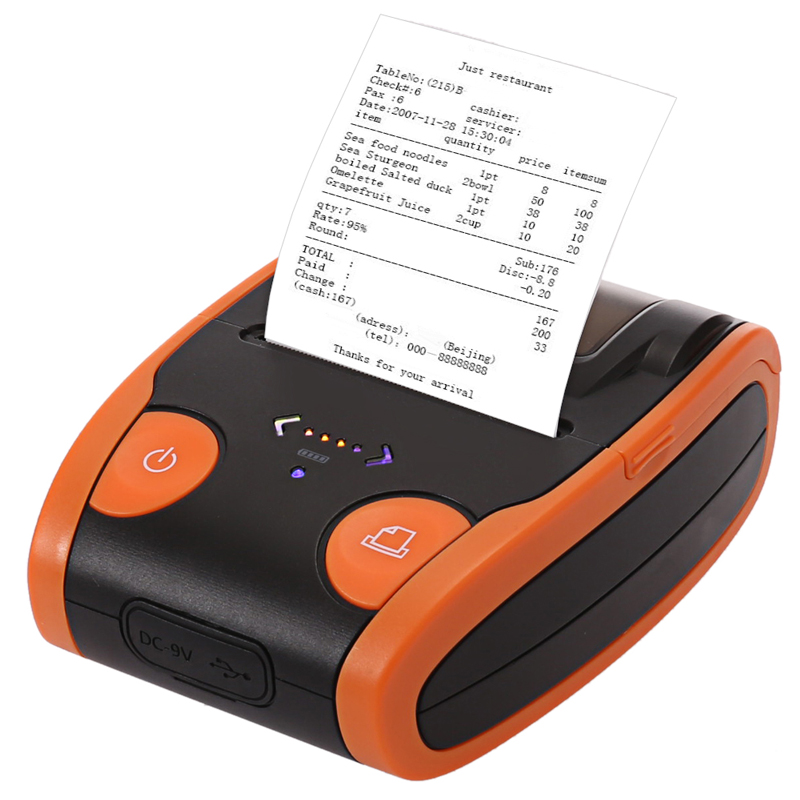After turning its attention to the massive data center equipment market, Facebook, the world's largest social networking site, is now turning its attention to the telecom equipment market with a value of $500 billion. On Tuesday, the company presented several key points of its plan.
Among them are a new computer network equipment product developed internally by Facebook that will be shared freely around the world, and a plan to design an open source cellular wireless network.

Facebook also deliberately released an optical switch called "Voyager", which is also one of the network equipment components. In geek terms, this is the world's first "white-box" converter and router device for Open Packet DWDM fiber networks.

(Facebook's new Voyager optical switch)
Fiber optic networks are ultra-high-speed networks that use optical pulses to transmit data at a much faster rate than conventional copper networks. The cost of "white box" computer equipment is usually much cheaper than that of big brand equipment.
In addition to Voyager, Facebook also disclosed that it is applying for a project called "OpenCellular." Facebook said the goal of the project is to create a new open wireless ecosystem.
Jay Parikh, head of Facebook infrastructure and engineering, said in a blog post, "Facebook's mission is to develop immersive technologies that can help connect unconnected worlds to the Internet or develop better networking experiences. Experience, make the world more open and connected. As the consumption of video and virtual reality grows, so does the need for larger and better networks. This is a very big challenge, we need to work together and understand each in the future. Market-specific connectivity challenges and develop new technologies and ways to solve them."
The above plans belong to the TIP project (Telecom Infra Project) announced by Facebook in February this year. The project brings together operators, infrastructure providers, system integrators, and other technology companies to develop new technologies and use new technologies to transform traditional approaches to building and deploying telecommunications network infrastructure.
Facebook released the OPC project (Open Compute Project) in 2011. The project mainly involves the development and sharing of information between servers and data centers. Technicians from different vendors can work together to design the devices they want and need. Inspired by the OPC project, Internet companies such as the professional social networking site LinkedIn have begun to completely design their own network and data center equipment. Last year, it was reported that due to Apple's refusal to join OPC, the company's entire network team was forced to leave the company. Apple then joined the OPC project.
The Apple team later formed a startup called SnapRoute under the leadership of Jason Forrester and then provided open source networking software based on their work at Apple. The software developed by SnapRoute also supports Facebook's newly developed Voyager switch. Previously, SnapRoute had just replaced the latter in a network software project initiated by HP.
Through the OPC project, Facebook has independently developed servers, storage, data center racks, and network switches, and has inspired numerous software, device companies, and startups to participate in the ecosystem. Cisco, the market leader in network equipment, also joined the OPC project.
Today, Facebook has turned its attention to the disruption of the telecommunications equipment market dominated by companies such as Huawei, Alcatel-Lucent, Cisco, Fujitsu and Juniper.
Most importantly, Facebook also teamed up with South Korea's SK Telecom to set up a telecom industry accelerator company in Seoul. The goal of the accelerator company was to encourage the creation of telecommunications technology startups. Facebook said it was the first telecommunications industry accelerator company to be established, but it is by no means the last one.
Based on the great success of the OPC project, the TIP project has long received close attention.
Facebook released these new devices in the first industry conference for TIP members on Tuesday. 300 companies have joined the TIP project. This year's new members include companies such as Bell, Telstra, Accenture, and Hewlett-Packard.
Thermal printers are more smaller, lighter and consume less power, making them handheld thermal printer. Thermal printers are perfect mobile printer. Commercial applications of thermal printers include express, manufacturing, finance, ticketing, enforcement, warehouse, retail, parking and etc. Below is our advantages:
1. Mobile Bluetooth Printer, handy and stylish
2. USB/Bluetooth/RS232 various interface
3. Support label printing and receipt printing
4. Support Android/IOS/Win/Win CE/Symbian systems
5. High speed printing and high compatibility

Thermal Label Printer,Thermal Receipt Printer,Thermal Transfer Printer,Bluetooth Thermal Printer
Shenzhen Qunsuo Technology Co., Ltd , https://www.qsprinter.com